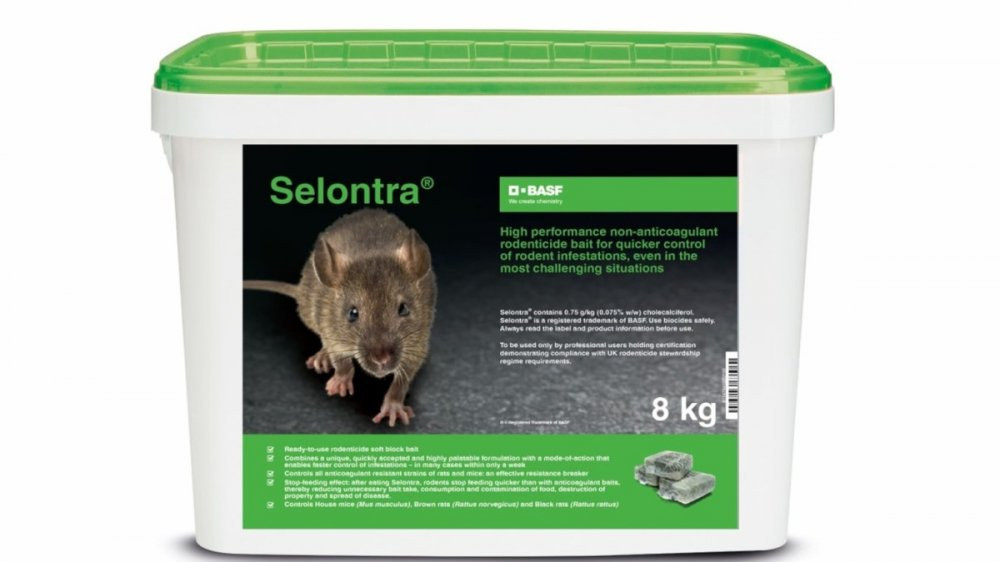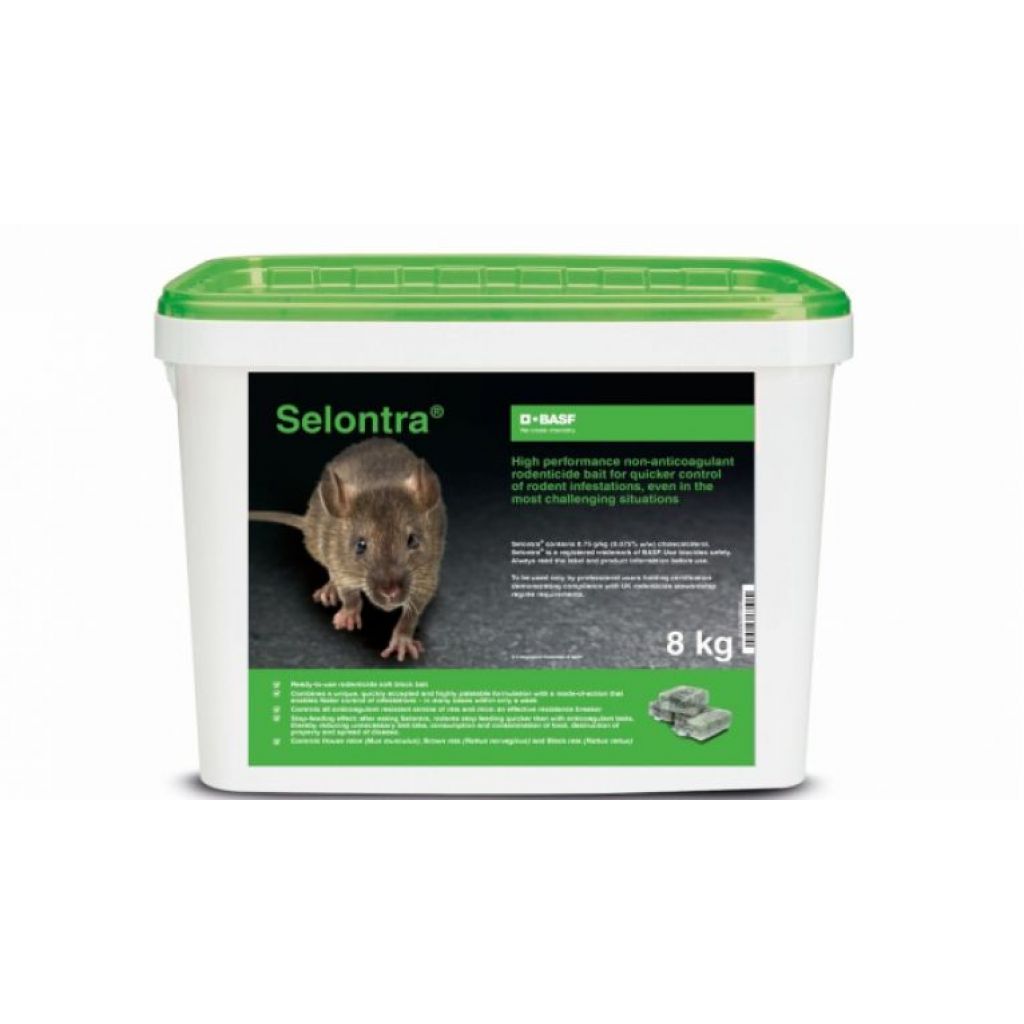Do you know what permanent baiting is?
What is permanent baiting?
BASF recommends using an Integrated Pest Management (IPM) strategy as a method of preventing rodent infestations at sites that require prevention rather than control. The placement of a preventive bait is known as permanent baiting.
Permanent baiting is not the same as long-term continuous baiting.
In Spain only qualified pest control professionals can use permanent baiting.
In what types of environments may a permanent baiting program be necessary?
- If the infestation poses an unacceptable danger to human and/or animal health.
- The risk of another rat and/or mouse infestation of the site is considered to be high.
- If only rodenticide bait alternatives have been used and have been insufficient, such as reduced nesting, improved cleaning, and rodent trapping.
- A risk assessment has been conducted and risk mitigation measures have been implemented.
High-risk facilities may be on farms, in hospitals, or in food production, packaging, storage or preparation sites.
The areas should be strictly necessary and limited to rodent entry points and nesting areas, either inside or in the immediate vicinity of buildings.
What baits can be used for permanent baiting?
Not all rodenticide baits can be used for permanent baiting, in fact, Selontra® is an exception, since most rodenticides are not authorized for this type of use.
Selontra® is approved for permanent baiting. It controls all rodents, even those resistant to anticoagulant baits. In addition, there is no known resistance to its active substance, cholecalciferol.
It has a control speed three times faster than anticoagulant rodenticides thanks to its "loss of appetite" effect. This speed allows the invading rodents to cause less damage and contamination.
How to use Selontra® for permanent baiting?
The same amount of Selontra® should be applied at each baiting point as when treating a true infestation (check the label).
Selontra® should be placed in bait holders that cannot be manipulated. If possible, bait points should be checked every four weeks at the latest (especially outdoors), an analysis completed as part of the Integrated Pest Management (IPM) strategy, and the risk of re-infestation assessed. If the risk of reinfestation is no longer present, the permanent bait should be removed.
Spots that only show signs of having been ingested by small wild mammals should be removed or the bait should be replaced with a monitoring bait for follow-up.
Learn more about the advantages of Selontra®
products
Contact:
Contact us using the following form.



